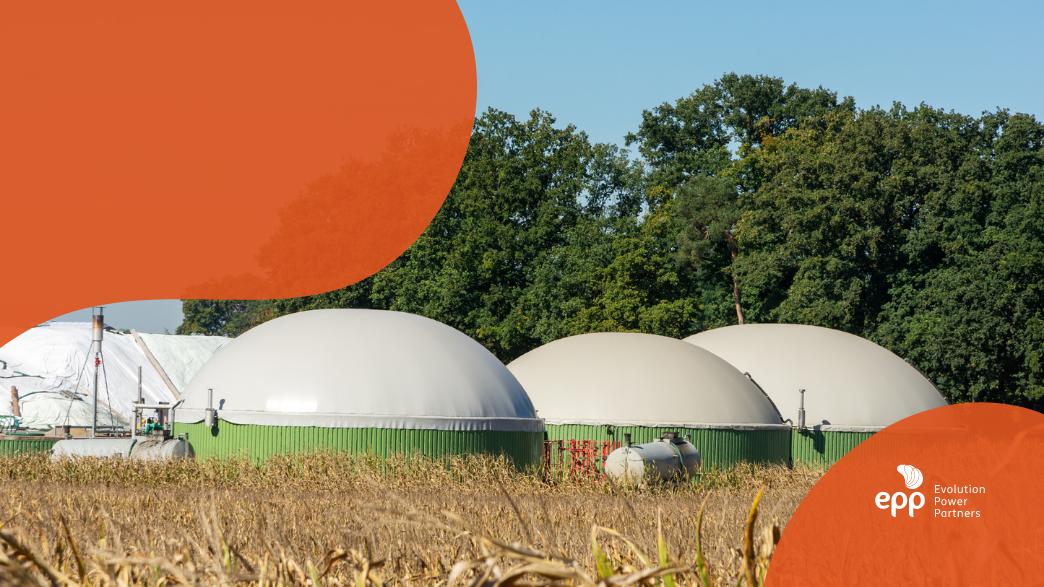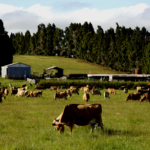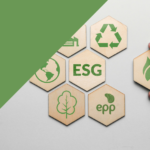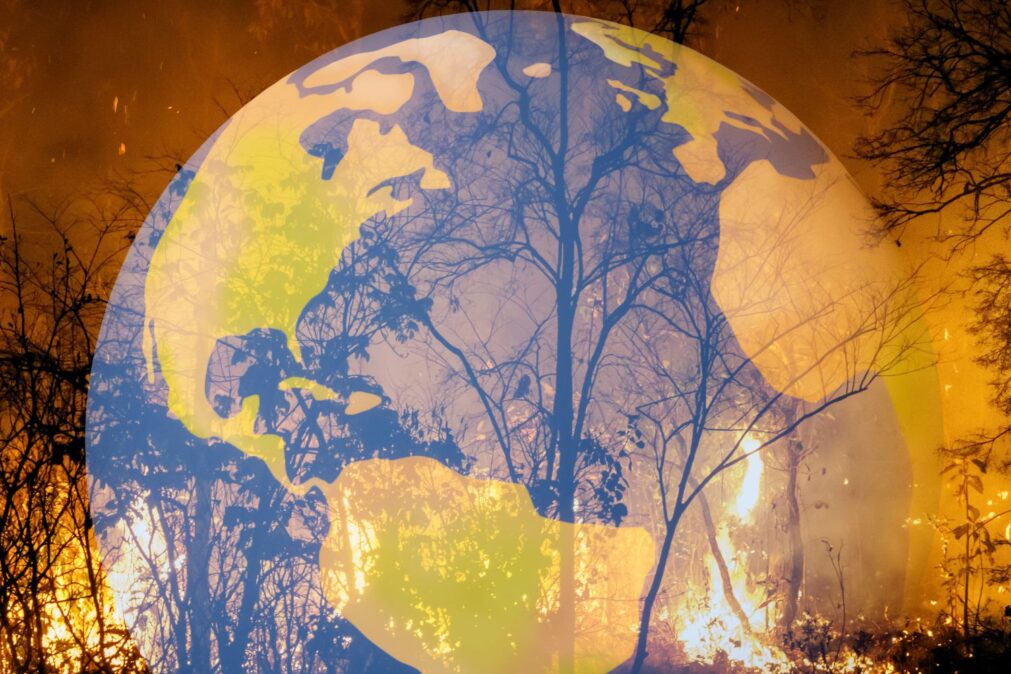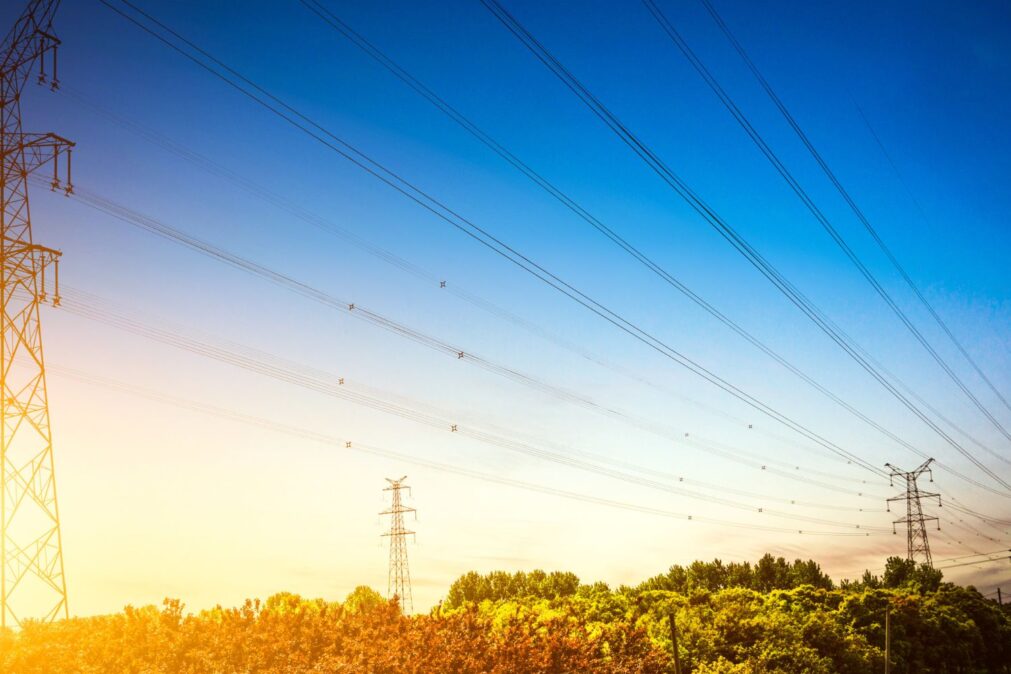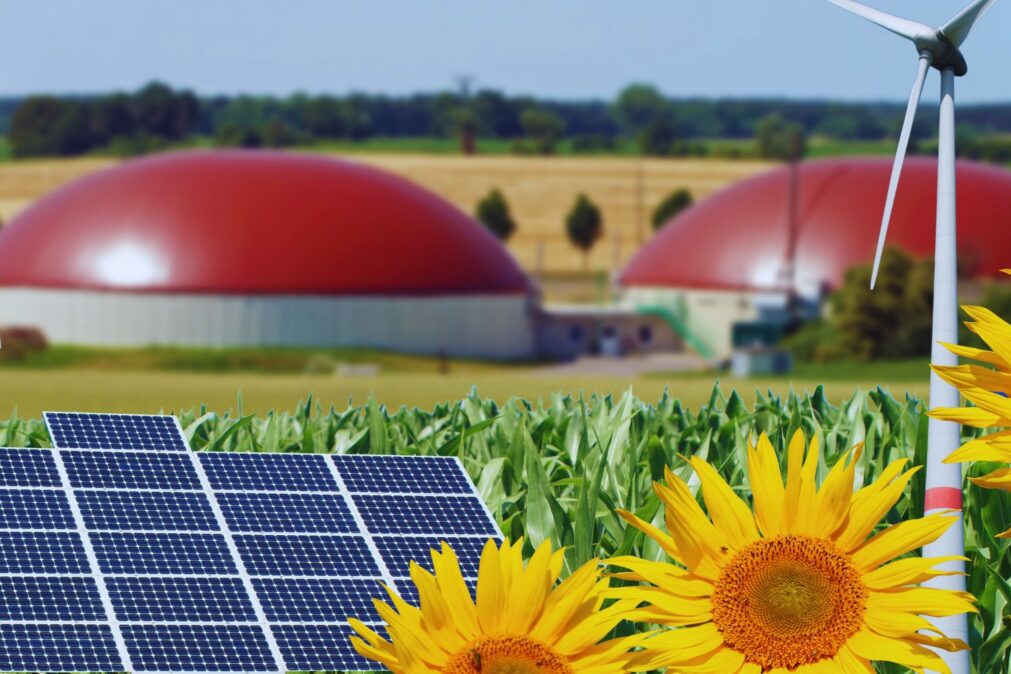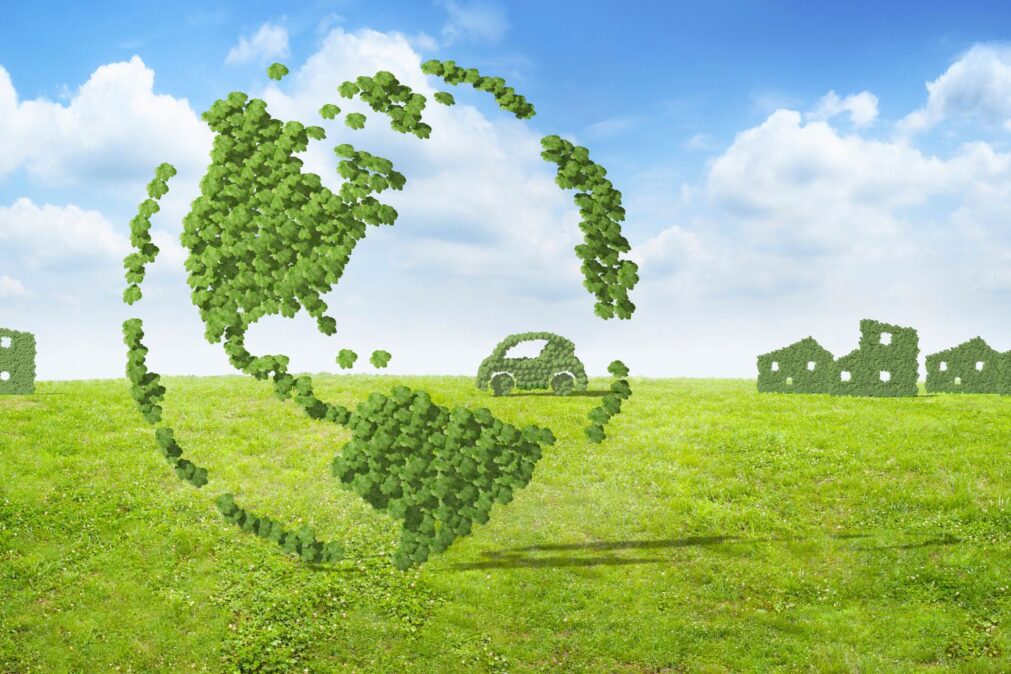Investing in biogas is synonymous with decarbonising the national energy matrix. Understand the sector’s perspectives for the coming years.
What is the future of biogas in Brazil? In 2019, production reached 1.8 billion cubic meters. However, there is a forecast of reaching 30 million m3 of biogas per day by 2030, with the total number of plants jumping from the 548 registered in 2019 to around a thousand plants.
Although the segment is not new in Brazil, this source is still trying to gain scale. This is because smaller developers find it difficult to finance projects at attractive costs because of the requirement for guarantees from public and private banks.
Thus, for the sector to grow, investments of R$5 billion per year will be necessary, according to ABiogás. For the association’s president, Alessandro Gardemann, there are resources available, but now what is lacking is investment in the sector.
The availability of resources and the challenges of biogas in Brazil
Brazil is one of the countries with the greatest potential for the production of biogas on the planet, but it still needs to go a long way. Thus, especially with the pact to reduce 30% of methane emissions by 2030, signed at COP 26, the country needs to develop in this direction.
The generation capacity existing today — which represents only 0.1% of the country’s energy matrix — is concentrated in projects by large business groups. But the sector projects that biogas could replace up to 70% of diesel consumption in the country. The highlight goes to rural areas that are outside the energy distribution system (off grid).
Currently, biogas is a fuel that brings economic benefits, as well as socio-environmental ones, capable of generating carbon credits. One of the main bottlenecks for this expansion were the guarantees for obtaining financing, which must be solved by the Biogas Guarantee Fund (GFB).
The GFB will be a fixed income fund that will invest exclusively in Brazilian Treasury bonds, with part of the money to be raised serving as concessional capital – public, philanthropic or multilateral organizations and which accepts a return below the market – and part of conventional investors.
The fund was designed to raise US$53 million in the pilot phase and, in doing so, unlock US$67 million in financing for 43 projects for biogas plants from agricultural residues. The initiative is innovative, as it is the first biogas guarantee fund in the world and the first private environmental guarantee fund in Brazil.
The creation of the fund will also have an impact on obtaining resources from the Climate Fund, managed by the National Bank for Economic and Social Development (BNDES). The Climate Fund is being developed in partnership with the Global Laboratory for Innovation in Climate Finance (LAB), which brings together more than 70 institutions from all over the planet.
GFB opens the doors of the Climate Fund
Lasting ten years, the Biogas Guarantee Fund (GFB) will focus on the construction phase of projects, supporting entrepreneurs who do not have guarantees. The funds will come from concessional investors and the fund will be created as a simple fixed income CVM and will be guaranteed by its quotas, which will be registered at B3 in favor of the operations’ creditors. ABiogás will act as the fund’s certifying agent for the benefited projects.
The Climate Fund is currently the main tool available to the BNDES to finance the biogas sector, but obtaining resources is made difficult by the guarantees required. This scenario, however, tends to change with the GFB. In addition to access, the guarantor fund must also reduce the interest rate charged by BNDES in the Climate Fund, remaining below 3% per year.
Another point is that, in addition to generating electricity and replacing diesel in the transport sector, investment in biogas and biomethane can yield another source of resources: the carbon market. The potential for biogas production in the short term would avoid the emission of 45 million tons of CO2eq each year. This represents a decarbonization capacity of 11% of the Brazilian energy matrix.
Regarding the source’s maturity and adhesion, the sector believes that investors are already modifying their vision and recognizing its energy life cycle, compared to other models, such as wind and solar, which already have a more solid structure.
Did you like the content? To learn more about biogas, read the content about the proposed project for this source.
